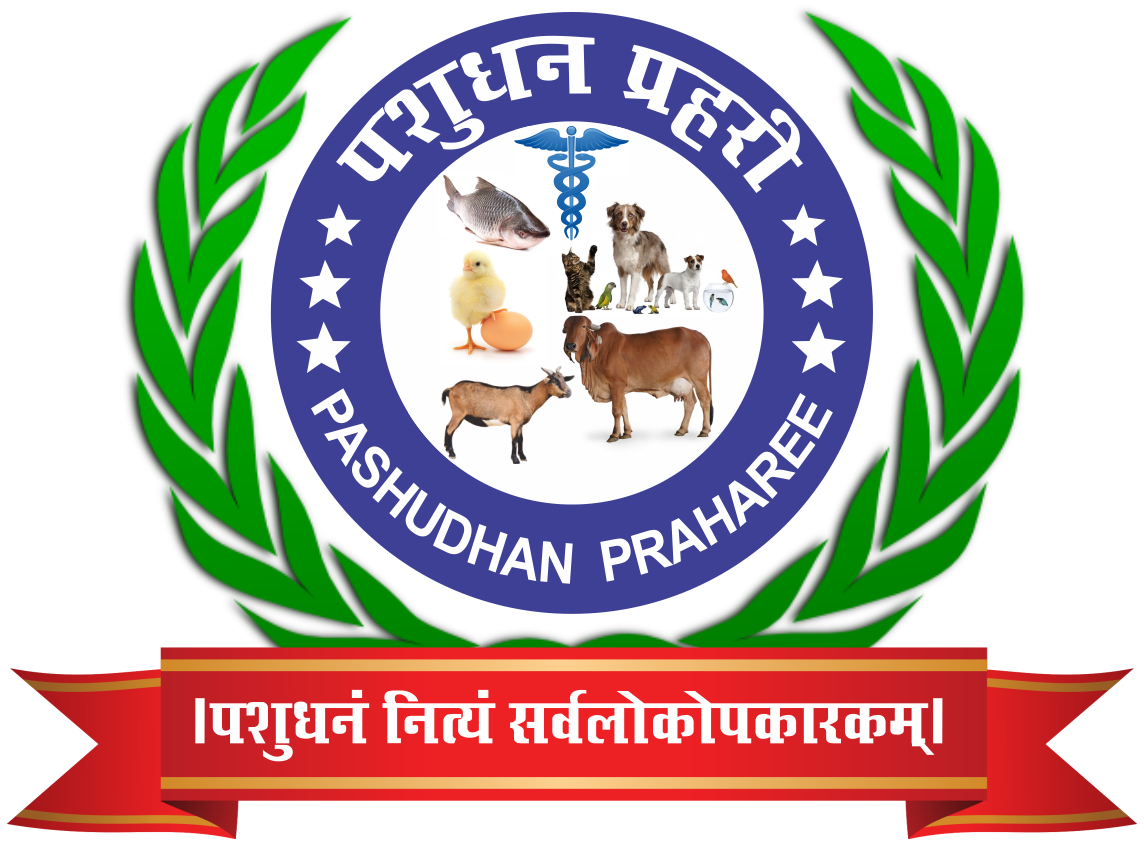Why Concentrated Milk is A Staple in Several Food Products Worldwide?
It goes without saying that concentrated milk is one of the most widely traded products worldwide. Used in a variety of food items such as bakery, ice cream, pudding, drinks, and dairy creams, the milk has a longer shelf life and can be stored for several months. Besides, concentrated milk is ideal for bulk storage owing to its less moisture content.
But what are the health and nutrition benefits of concentrated milk and its fat content? In this blog, we will explore the basics of concentrated milk and its types. Also, we’ll shed light on the benefits of consuming concentrated milk. Stick with us!
Did you know that the rising demand for premium and indulgent food items is driving increased usage of concentrated milk fat? According to the latest market research report, the concentrated milk fat market is projected to reach USD 9.90 billion by 2034, exhibiting a CAGR of 6.3% from 2025 to 2034.
What Is Concentrated Milk Fat?
Concentrated milk is obtained by restricted water removal to the proportion that entails less than 40% milk solids. The two most common types of concentrated milk are evaporated milk and sweetened condensed milk. Reduced fat or non fat variety are also obtainable. Concentrated products are sterilized, or their osmotic pressure is increased to ensure they are free of microorganisms.
The fat content of milk is the amount of milk by weight that is converted to butterfat. The fat content, especially of cow’s milk, is transformed to produce a variety of products. It is typically indicated on the canister and the color of the tag or the milk bottle to facilitate quick identification.
Complete or full-fat milk has additional nutritional energy by proportion as company to low-fat milk. Research has shown that generally, low-fat milk drinkers do soak up less fat and will make up for the energy shortage by consuming more carbohydrates. Also, studies indicate that the lower milk fat drinkers consume more fruits and vegetables while the high fat milk drinkers consume more meat and sweets.
Types of Concentrated Milk
There are several types of concentrated milk. Below is an overview of some of the most widely used types:
Condensed Milk: Condensed milk is obtained by the incomplete removal of water from whole or skim milk that has been pasteurized. The milk is canned and parcelled in other canisters without sterilization in a process known as osmoanabiosis, which inhibits microbial development by increasing osmotic pressure on the medium. The lowest sugar content is this milk type is not accurately identified but should be ample to avoid decay.
Evaporated Milk: Evaporated milk is obtained by the elimination of evaporation of water from milk without the addition of any conserving substance. The canned commodity is heat sterilized to expand shelf life. Consolidation with vitamins of either or both A or D3 is usual.
Evaporated Skim Milk: Evaporated skim milk is acquired by concentrating skim milk using vacuum evaporation or reverse osmosis. This procedure generates a commodity with a least of 20% milk solids, while evaporated low-fat milk fluctuates from 2.0-4.0% milk fat and a milk solid essence of 20-24%.
Benefits of Concentrated Milk
Helps in Limiting Cholesterol: The existence of cholesterol and sopping fats in milk and dairy commodities apparently could escalate the probability of cardiovascular illnesses. Research on the Maasais, an African tribe that appreciates milk, detected that they possess a rock-bottom case of cholesterol. It is assumed that dairy commodities involve inedible carbohydrates that the gut flora ferments.
Calorie Dense: Based on the requirements, the increased calorie matter of a small amount of sweetened condensed milk may be advantageous or harmful. It can be a superior way for those venturing to add weight, but for those venturing to decrease pounds, it could offer additional calories that are not important. There is insufficient evidence obtainable in the context of the health benefits of concentrated milk because it is normally utilized as a constituent in desserts instead of being consumed alone or as a supplement.
Fat Content Variation in Milk
Currently, the majority of skim milk is produced by whirling whole milk in a centrifuge so that fat droplets move apart. The percentage of low fat milk produced by cows ranges from approximately 3.3% up to 5%. It varies by sort and diet and can also be changed by selective breeding and genetic modification. For instance, scientists in New Zealand have bred cows that generate milk with minimal 1% fat content.
How is Fat Content in Milk Detected?
The fat content in milk can be determined by investigational procedures such as the Babcock test or the Gerber method. Before the Babcock test was developed, dishonest milk traders could degrade milk to falsely claim that it contained a high amount of fat. In 1911, the American Dairy Science Association Committee, along with the U.S. Bureau of Dairying and the U.S. Bureau of Standards, assembled in Washington. Customary details for the Babcock technique and instruments were issued during this assembly.
To Conclude
Concentrated milk fat is a critical constituent of dairy commodities, providing innumerable nutritional advantages and notably towards the taste and finish of several foods. Its distinct composition involving varied fatty acids helps in nutrient soaking, offers energy, and possibly provides health benefits.
Author Name: Ankita Padiyar
Designation: Ankita is a Content Writer & Editor who breathes life into words. Since 2018, she has been harnessing the power of words to highlight the best in businesses. With over six years of professional writing experience, Ankita specializes in crafting compelling blog posts, articles, web content, and much more that resonate with audiences across a variety of industries, including lifestyle, technology, and business.



